What is a microphone preamplifier, and which is best?
In most cases, you’ll need a microphone preamp for pro content. Learn what microphone preamplifiers are, how they work, which are best for vocals, and more.
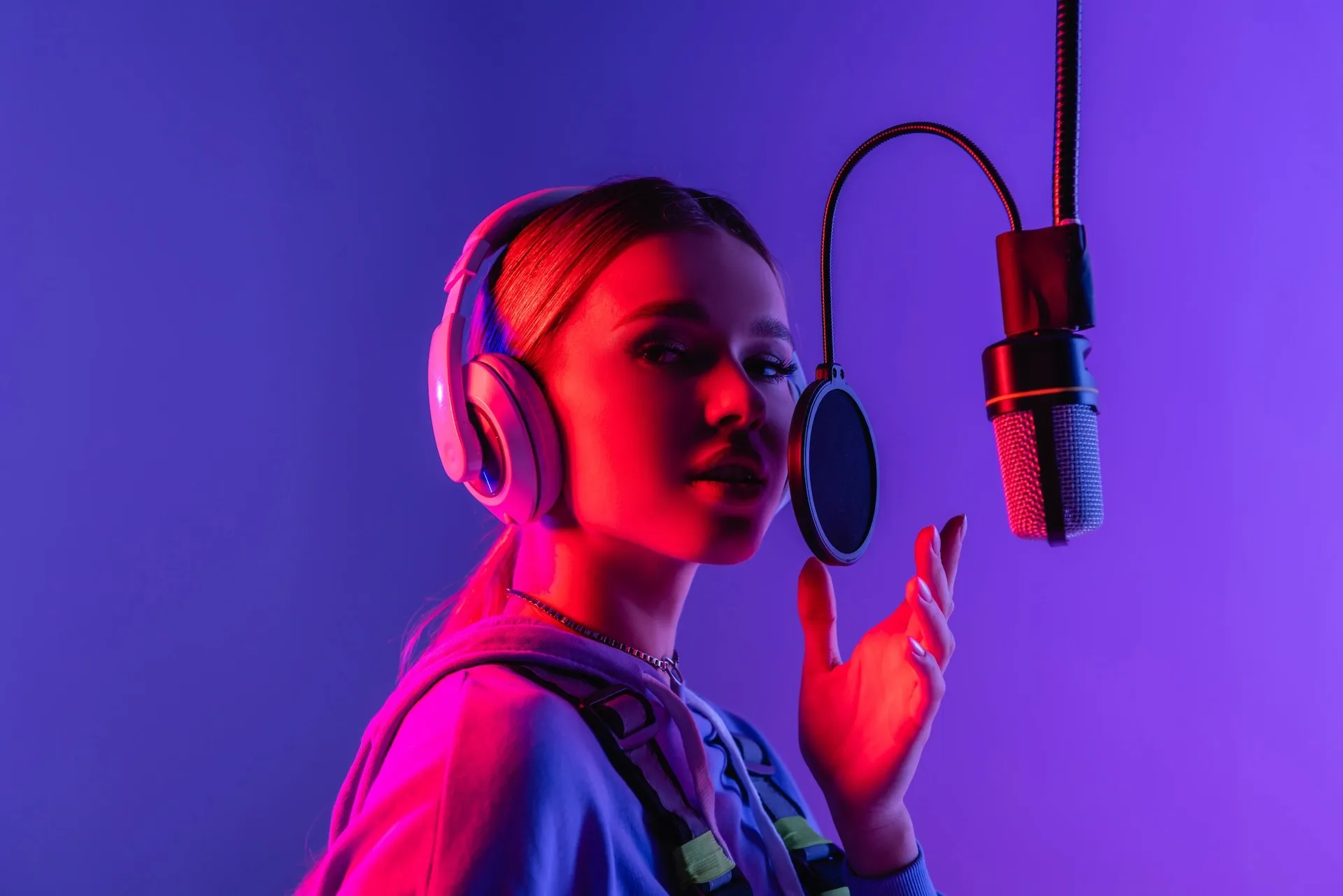
Microphone preamplifiers are essential for high-quality audio content, but what exactly are they? Let’s run through the details today.
We’ll cover:
- What is a microphone preamp?
- Is a preamp just an amp?
- Do both dynamic mics and condenser mics need preamps?
- Do you really need a mic preamp?
- Should you use a mic preamp with an audio interface?
- The best preamplifiers for your microphone
What is a microphone preamp?
Microphone preamplifiers are pieces of hardware used by audio professionals. They apply gain to the signal created by a microphone, lifting it from mic level to line level without noticeably distorting it. Once amplified, a device further down the chain — most often an audio interface — is used to properly process the sound.
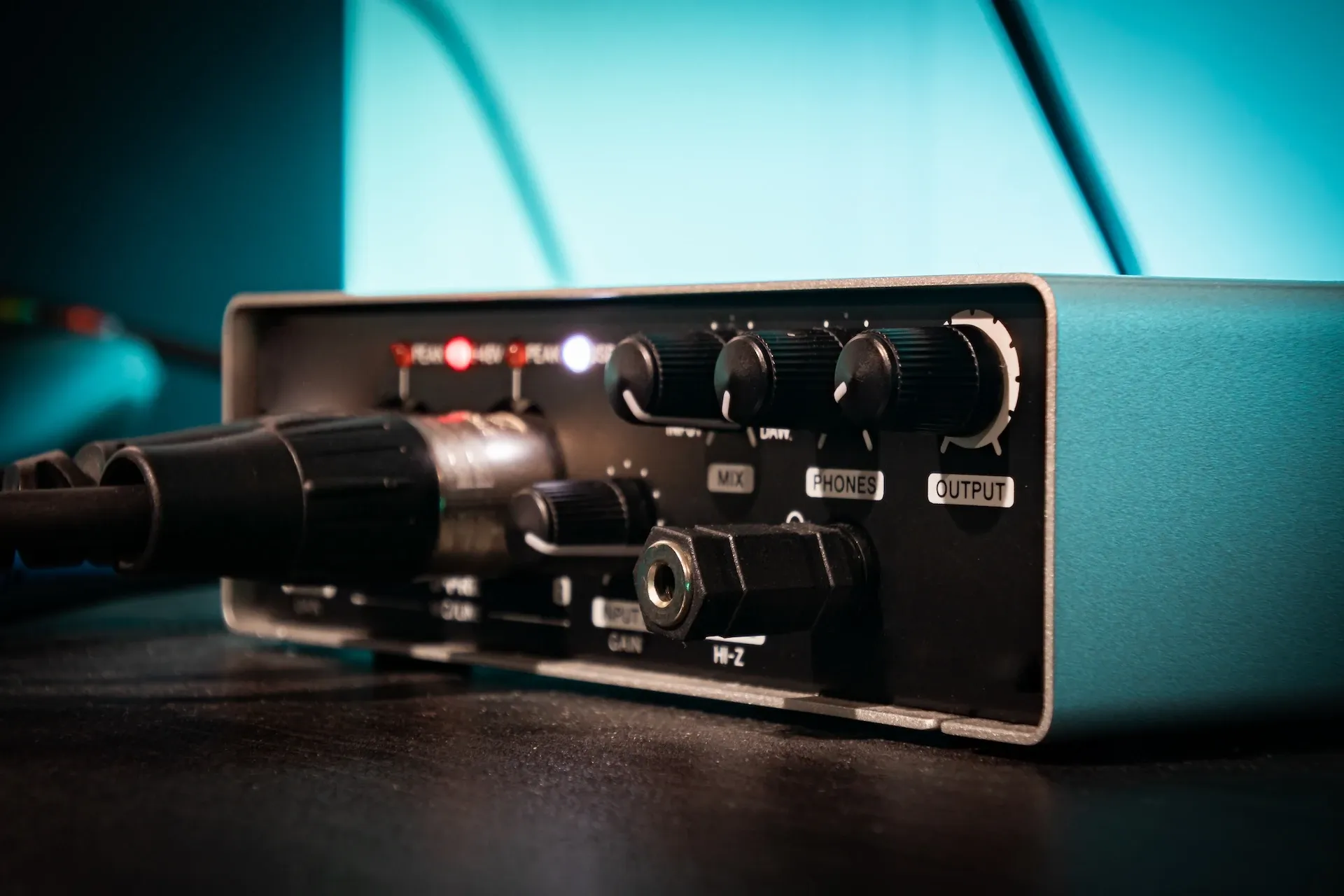
Most outputs need a signal of at least 1 volt (1V) to reach line level. Analog microphones with XLR connections typically carry around a hundredth of this power, so need extra help. The same goes for other XLR-adjacent instruments, like electric guitars — without a preamp, they won’t reach line level.
Nowadays, most audio interfaces and XLR-connected instruments come with a preamp already installed.
Is a preamp just an amp?
Amplifiers give power to devices like speakers or headphones, while preamps raise a signal from microphone level to line level, preparing it to feed into the amp. The amp can’t do its job without all of the preamp’s legwork.
If you plug a microphone directly into an amp, the output will be super quiet. That’s because the mic is still operating below 1V, and doesn’t have a preamp to bring it to line level — just because a device has an XLR input, doesn’t mean it has a built-in preamp.
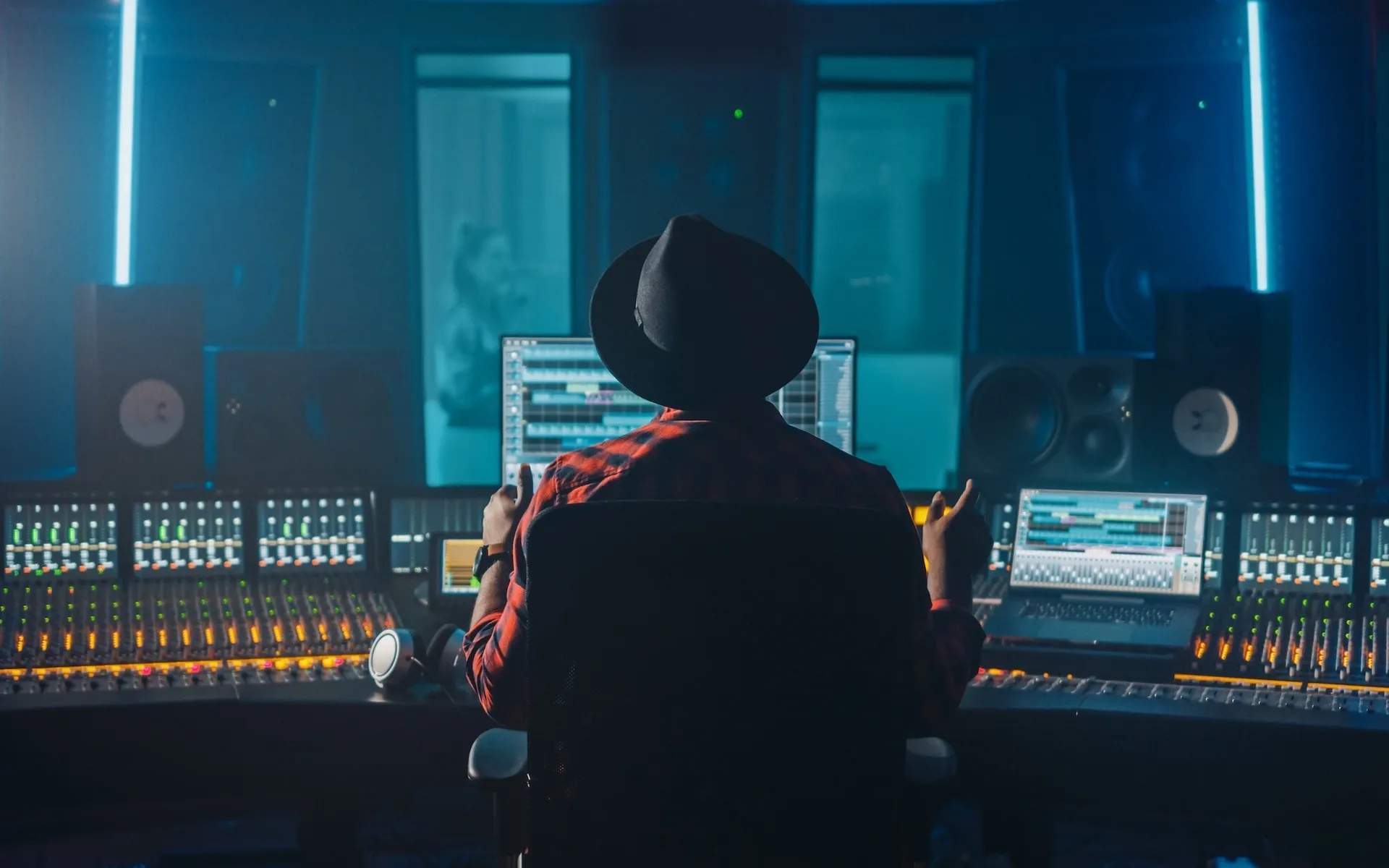
Do both dynamic mics and condenser mics need preamps?
Condenser microphones need 48V to run the active circuitry within — this usually comes via phantom power from an external preamp. Even though condenser mics have built-in preamps, they’re often not powerful enough to run without another device.
Dynamic mics can be used without a preamp, but we wouldn’t recommend it. As we touched on earlier, the sound without a preamp would be very quiet. As a result, the signal-to-noise (SNR) ratio will be low — the ‘noise’ being any unwanted signals from the mic, wires, or other equipment.
If you try to increase the volume via your digital audio workspace (DAW), the noise will increase at the same rate as your mic signal. Had you recorded with a preamp, the SNR would’ve been much higher, resulting in a cleaner, near-noiseless take.

Do you really need a mic preamp?
If you’re using a USB microphone, like the Logitech Blue Yeti, you don’t need a preamp. USB-exclusive microphones don’t require phantom power or an XLR cable, as they already have built-in preamps and analog-to-digital converters. They draw the power directly from the USB connection, giving them enough juice to send the audio to your computer at an adequate level.
However, you’ll need a microphone preamplifier if you’re recording via XLR. Given that most pro-grade mics tend to be XLR-exclusive — or at least have the option to record via XLR, like the Shure MV7+ — you won’t really be able to use them without a preamp. But, like we mentioned, most modern audio interfaces and mixing consoles already include preamps.
Should you use a mic preamp with an audio interface?
The audio interface is the link between your microphone and computer. If it doesn’t include a preamp, you’ll need to add one to your checklist.
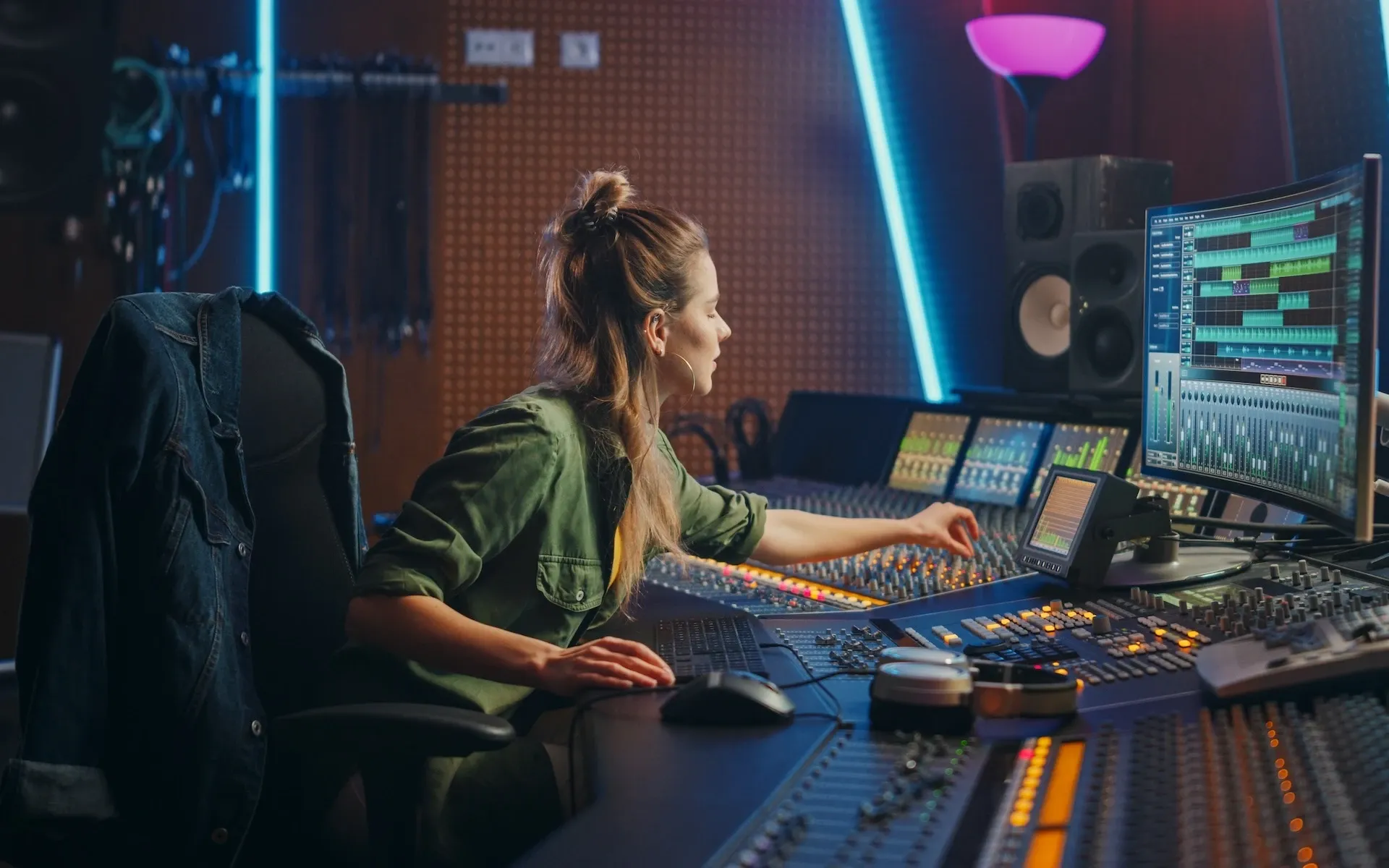
Audio interfaces like the Focusrite Scarlett Solo are popular with podcasters and solo musicians, as they include a mic preamp and phantom power. This means you just need the Scarlett, a laptop, and a mic to get the show on the road.
If you have the gear and it works, go for it — some folks use a separate microphone preamp for even more freedom when setting levels, though. Depending on which preamp you choose, you could change settings like high-pass filters, polarity reverse, and other variables. If you only had a standalone audio interface, you might not be able to fiddle with these settings.
If you want to improve your recording quality, you’ll need to uphold that standard elsewhere. Don’t let the music suffer — use Epidemic Sound’s catalog of more than 50,000 tracks to find the perfect match today.

The best preamplifiers for your microphone
Like any piece of equipment, a microphone preamp will produce different results depending on what it’s paired with. Audio professionals will often mix, match, and throw caution — and budget — to the wind as they hunt for the dream combination.
At this point, it’s worth hammering home the fact — again! — that most audio interfaces include solid preamps. Unless you’re looking for a specific sound, we’d suggest just using an audio interface, as preamps can get expensive. However, if you’d like to check out what a preamp might sound like, you can usually find dedicated preamp plugins to mimic the effect.
That said, let’s take a look at three of the best standalone — or ‘outboard’ — mic preamps on the market for first-time buyers.
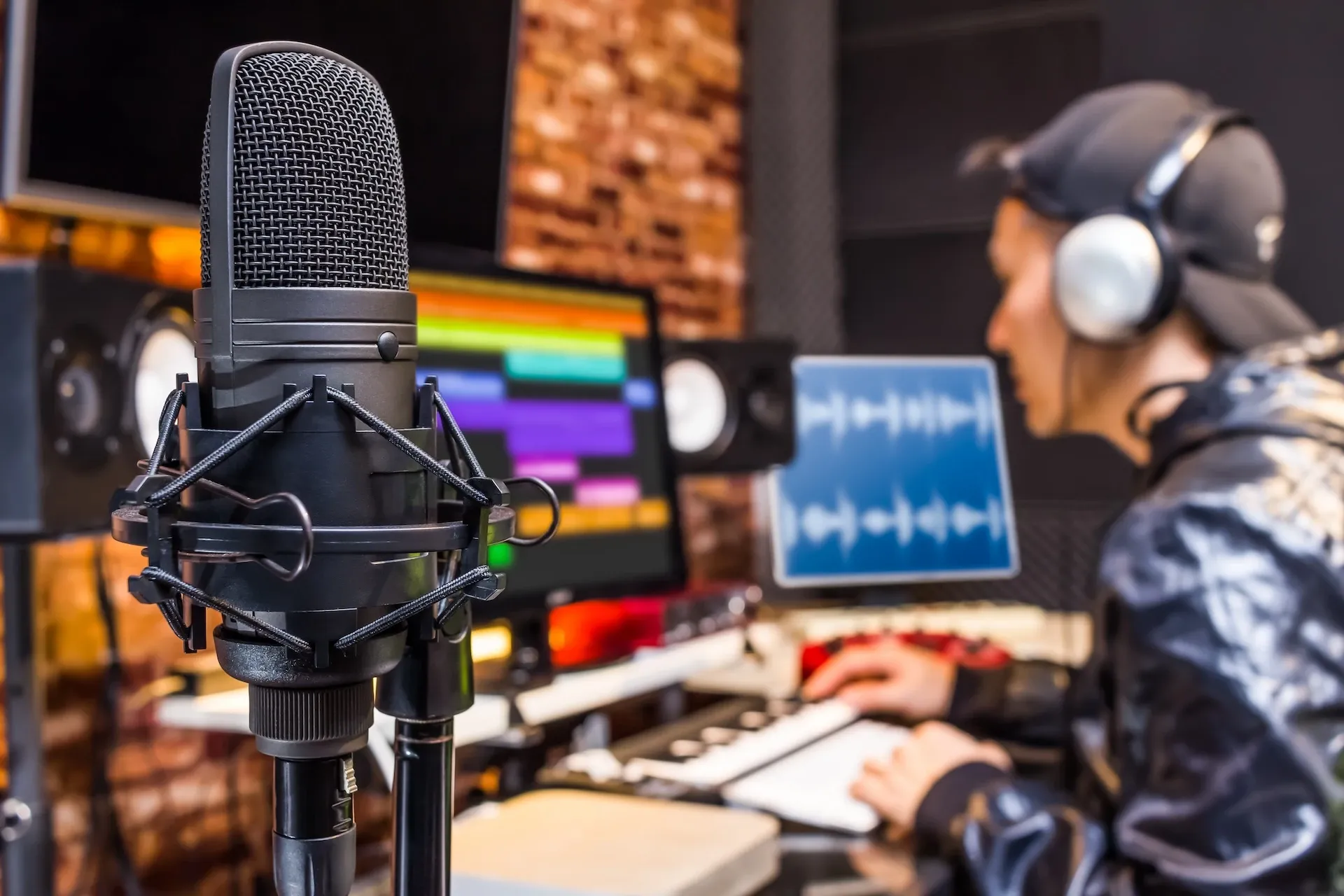
Warm Audio WA73
The Warm Audio WA73 comes in at $649, reproducing the classic warmth of British preamps from the 1970s, in particular the Neve 1073. You can crank this up with 80dB of dynamic range, and rest assured that it maintains the quality of its vintage heritage — every unit is hand-wired and -made.
You’ve also got tone variation, rack mountability, UK-made Carnhill transformers, and those gorgeous cassette-style buttons. Sure, it’s not the cheapest microphone preamp out there, and this model is only single-input…but it looks incredible and works like a dog.
Focusrite ISA One
You’ll spend a similar amount on the Focusrite ISA One as you would the WA73, retailing at $689.99. It’s a lot smaller, happily sitting on your desktop as you tinker away. Size isn’t everything, though — the ISA One is deceptively versatile, covering a dynamic range of 118dB.
Its real selling point is the independent DI channel, boasting its own impedance switch and gain control. The ISA One sounds like the absolute bee’s knees, even enhancing audio captured on suboptimal microphones.
dbx 286s
We’ve listed a couple of pricier options, so we thought we’d end on this little number: the dbx 286s, which retails for $290. You can expect to pull 60dB of dynamic range from this plucky preamp, and you’ll get plenty of use from its soft-knee compression — perfect for recording vocal work or voiceovers.
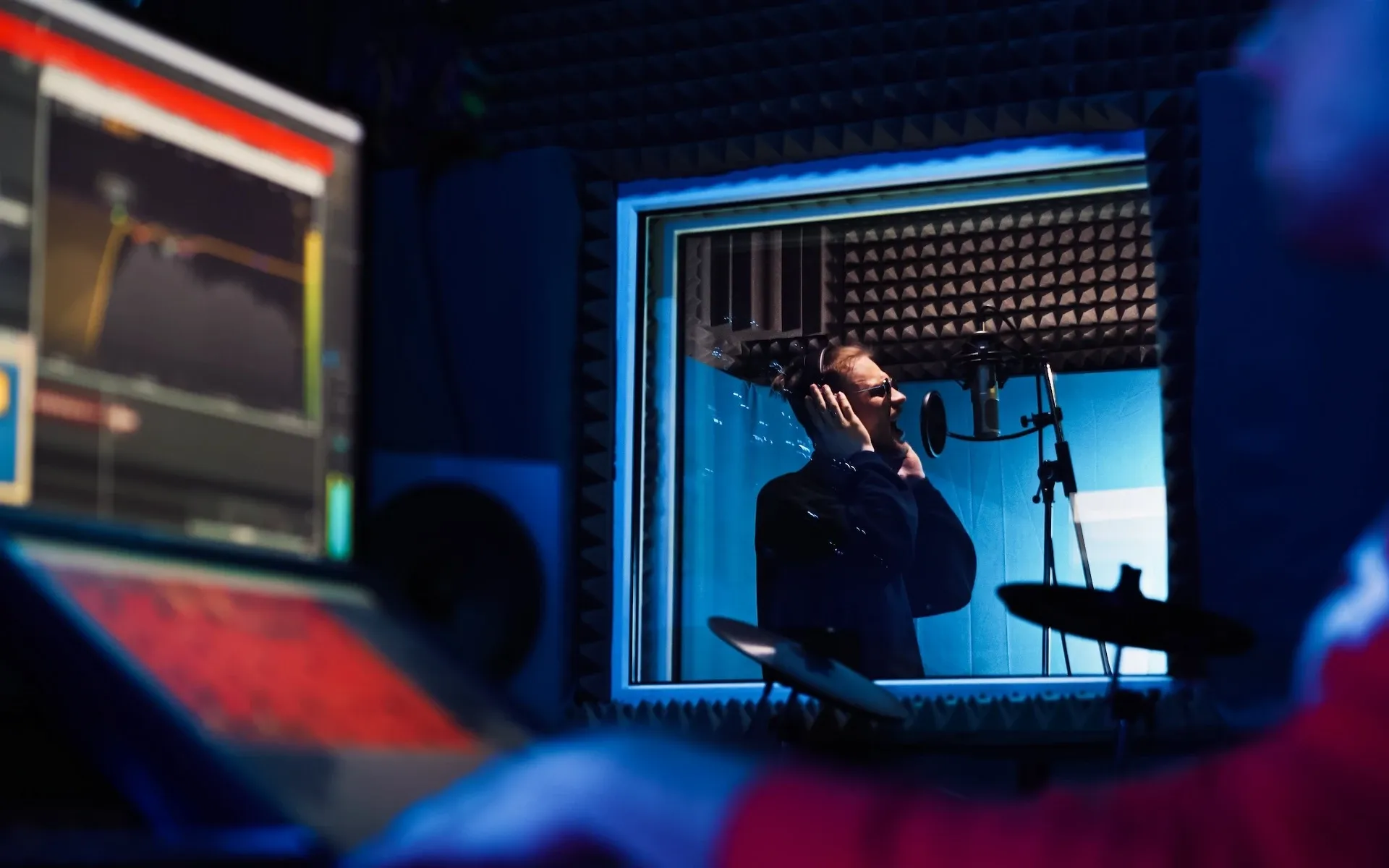
As this model’s cheaper, it does have its drawbacks. There’s no pad control, meaning you’ll have to keep a keen eye on fluctuations in volume. That said, the 286s is a great choice for tighter budgets, bundling a de-esser, EQ, expander/gate, and more into a neat package.
Those three mic preamps are a solid start, but the right piece of kit depends on the person using it. Just like cameras or lighting, your preference will hang on what you’re creating, your budget, and any stylistic quirks you’d like to include. Discuss the options with your team or collaborators, and don’t be afraid to ask experts for their opinion — they’re experts for a reason!
Experimenting with microphone preamps and creating your content’s sonic identity takes time and care, but that’s just one piece of the puzzle. Keeping your team on schedule and budget, all the fun challenges post-production throws up, clearing your assets — it can be a challenge. So, let us handle at least one part: the music.
Our catalog is high-quality, affordable, and safe. An Epidemic Sound subscription goes beyond royalty-free music, removing the headache of licensing and freeing you up to do what you do best. You can enjoy the safety of our license hand-in-hand with our massive catalog of 50,000 tracks, covering just about every genre you can think of. You’ll also gain unlimited access to our advanced search functions — finding the right sound’s never been easier.
It’s better than royalty-free. It’s worry-free. Get started with Epidemic Sound below.

Related posts:

